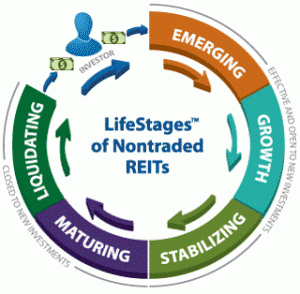Are Millennials Driving Current Housing Trends?
July 20, 2016 | by Beth Glavosek | Blue Vault
In a recent Bloomberg article, author Conor Sen states that various factors have led to a housing deficit that has left vacant inventory at a 12-year low. Because of worker shortages in the construction industry, as well as stagnant wage and job growth in construction, the rate of new household creation is outpacing the rate of new homebuilding, especially as millennials move out on their own in search of affordable housing.
Sen offers an interesting viewpoint: that if we see a market where there’s another 30-50% increase in house prices and 6-8% construction wage growth, baby boomers could see a surge in their home values right when their kids are ready to start their own families.
Yet, millennials may need to compete head-to-head with their boomer parents for the same properties. If boomers can cash in on equity in previous homes, they’re likely to search for something more akin to a starter home. According to Builder magazine, boomers are looking for many of the same amenities as millennials – bike and recreation paths, good connectivity, infrastructure and technology, and access to shopping and entertainment. As they downsize and simplify their lives, boomers are also looking for the same simpler quality of housing as entry-level buyers.
So, it appears that millennial tastes are shaping what may be the next housing boom. Indicators point to a new generation of residential communities that are smaller in scale, have the broad appeal of modern design, and are much more affordable. Those in the industry have recognized the need to deal with affordable housing in a more holistic way. As one developer put it, “Affordable housing is much more than simply a real estate issue. It’s a significant cultural issue.” Future housing products will need to accommodate millennials, small and young families, workforce housing, and the 55+ generation. The need for flexibility will result in housing changes in terms of the size, style, location and construction of homes.
For a more comprehensive perspective on these issues, check out the excellent report published by PricewaterhouseCoopers and the Urban Land Institute on emerging trends in real estate.












